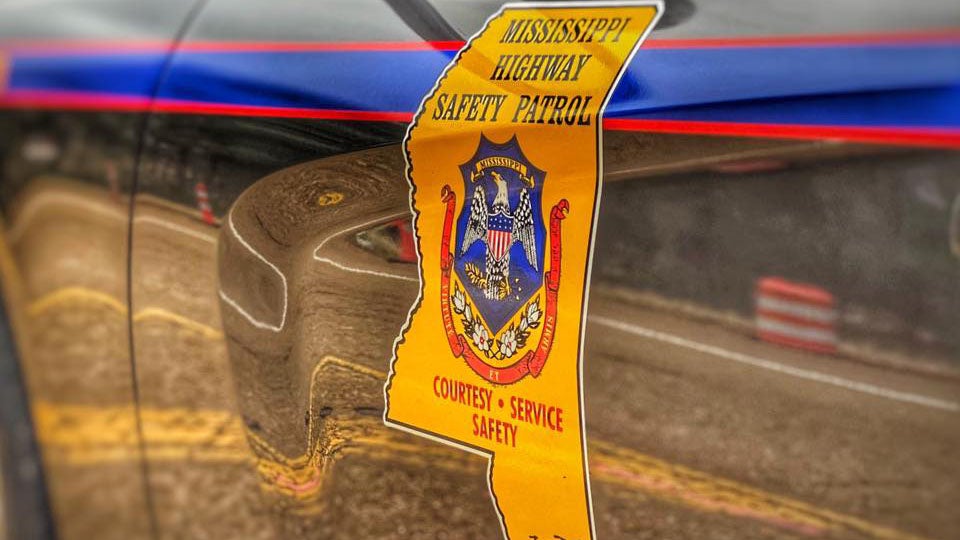Reporter gets crash course in firefighting
Published 5:00 am Thursday, July 26, 2007
I had the opportunity Tuesday night to go with Lincoln Countyvolunteer firefighters from several departments to a practicesession in an empty, smoke-filled house in Caseyville.
I’ve seen “Ladder 49,” so I was ready to go into the smoke in myturnout gear and save the world. But I would soon learn Hollywoodis nowhere near Caseyville – or for that matter anywhere else thatresembles real life.
Former DAILY LEADER staffer and current Brookhaven PoliceOfficer Jonathon Alford, a member of the Zetus Volunteer FireDepartment, was the obvious choice to be my partner/guide. I’mcertain he deserves a medal for all the times he answered thequestions, “You mean I didn’t actually get you killed?” or “How doI unbuckle this thing?”
Alford had his brother Charlie’s turnout gear, so I got to playthe part of Zetus 812 for the day.
Turnout gear, he said, can pack up to 100 pounds on afirefighter once the boots, helmet, airpack and suit itself arefigured in. From my firsthand experience, I’d say he’s right.
Donning the gear is harder than it seems, as the boots actuallystay inside the pants.
Ideally, a coordinated person can just step in and pull them up.It is not, however, that easy for anyone lacking any basic footworkskills.
Once a firefighter is situated in the boots, there are severalmiscellaneous hooks to fasten into his jacket, all of which seemready to stay closed even under nuclear attack.
Next comes the headgear. As we talked about the situation,Alford asked me, “Are you claustrophobic?”
Not wanting to admit anything ever scared me, I held up myfinger and thumb to signify, “Just a little.”
No two fingers ever told such a lie. I’m as claustrophobic asthey come, but I was not going to let that stop my chance tore-enact “Backdraft.”
So I was equipped with a funny suction-cup-type device that fitover my face and tightened around my head. Imagine putting a toiletbowl plunger on your face and strapping it there so it can’t goanywhere; that’s the feeling of the air pack face mask.
From the breathing apparatus ran a hose that was my air supply.And there was a button to defog my facemask, and a way to turn itso I could actually breathe, which I quickly committed to memory,along with Alford’s crash course in Firefighting 101.
“Stay low,” Alford said. “You’re going to want to crawl, becausein a real fire it’s at least 400 or 500 degrees, probably more. Ifyou stay closer to the ground it’s cooler, like around 100 or200.”
I couldn’t help but think that when 200 degrees is cooler, youknow you’re dealing with some serious heat.
Then came the moment of truth.
Alford and I got to go in the house first, so we immediatelyfell to a crawl position. Loyd Star Training Officer Mark Porterand Alford had decided we would follow a left-hand search pattern,meaning that I would keep my left hand on the wall and my righthand on Alford, while we skirted the perimeters of the roomslooking for people.
Meanwhile, if you’ve ever crawled while trying to hold on toanother person and feel for people on the floor in zero visibility,it’s a weird arrangement. Most people are not born with enoughhands to do that easily, especially when the danger always looms ofsuddenly running face-first into a wall you can’t even see.
When we found a “victim,” Alford was working to secure andextract him from the house. In the darkness and thick smoke, Ithought I was helping until I realized I was trying desperately todrag out a rolled-up carpet that was located directly next to thedummy.
Luckily, Alford had the dummy under control. So with one hand onthe wall and trying to figure out whether I was still supposed tobe holding on to Alford or whether I was supposed to be helpingdrag the dummy with the other hand, I started back the way wecame.
I soon learned that Randy the Rescue Dummy, being made of hard,slippery plastic, does not like to hold hands. This may cause dramaif you’re wearing the big, thick fireproof gloves that come withthe turnout gear.
When we reached the door to the outside again, Alford hadnavigated the toughest part almost single-handedly, dragging thelife-sized dummy from the adjacent room with me attempting aid. Inreality I was probably as helpful as a 3-year-old on one of thosekid harnesses.
But as we lifted the dummy over the threshold by his shirt, Ifelt a great sense of accomplishment.
And then blinding fear.
“Can you get this stuff off of me?” I said to Porter, who wasstanding outside the door. So he grinned and turned off my airsupply, which is the first step. But suddenly not only was thisthing eating my face, I couldn’t breathe. That kicked myclaustrophobia into overdrive.
I continued frantically clawing at all the clips and buckles onmy head, trying to appear calm and hoping to find the magic onethat would free my face. Luckily Alford and Hog Chain VolunteerFirefighter Sam Brister were there in the clinch and soon I wasfreed and breathing normally.
Alford and Porter both said I did well for my first time, thoughthey agreed the adrenaline had me in high gear. Having a patient,excellent partner channeled that speed into something useful,however, since we found the dummy in good time – in spite of myheroic rug rescue attempt.
“You did good for your first time,” Porter said. “And that wasabout as quick as I’ve seen anyone locate a dummy at one of thosethings.”
Alford said the exercise was realistic, in spite of having todrag me along as well as the other dummy.
“Besides having a reporter with me, it’s all the same,” he said.”But it’s important to remember to be patient, because sometimesyou’re going to have new guys going in there with you, and you’vegot to remember they don’t know exactly what to expect either.”
The other 25 or so firefighters took their turns in the house inshifts, navigating through the thick smoke and rescuing the fourdummies inside.
“I thought everyone did really well today,” said Porter. “It’s avery realistic situation minus the heat. It was important to getall the departments out here since a lot of these guys will begoing through the class at the academy in a few weeks.”
Zetus Volunteer Firefighter Grady Case said training likeTuesday’s is important in getting the newer firefighters used to afire situation under controlled circumstances.
“It takes training to prepare new guys on what to expect in afire and how to go about protecting their own lives first, then thelives of those they’re trying to save,” he said.
Every fire is different, said Alford. Alertness and safety arekey ingredients to saving lives across the board.
“There are no two fires that are the same,” he said. “You can’ttreat them the same or you get hurt, so you have to adapt to eachone. The best way to put it is to expect the unexpected.”
The unexpected: Like saving rugs and sudden claustrophobia.
What this reporter/momentary firefighter learned is that savinglives doesn’t mean running into a burning building to rescue anewborn in swaddling clothes every time. It takes a sound mind anda clear head to save the day in a fire situation.
“You can’t act like you know everything,” Alford said. “Everyonehad a starting point, and every fire is a new learningexperience.”




